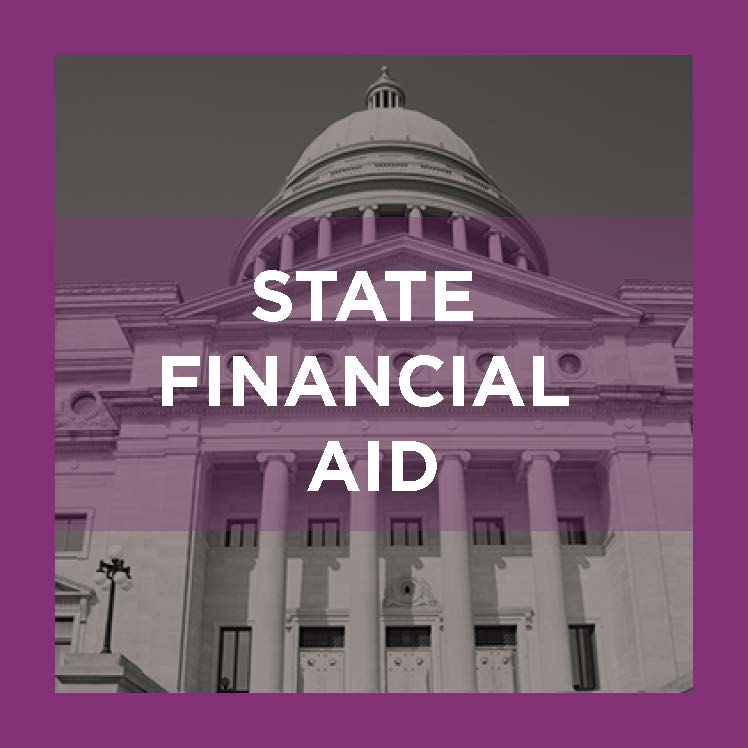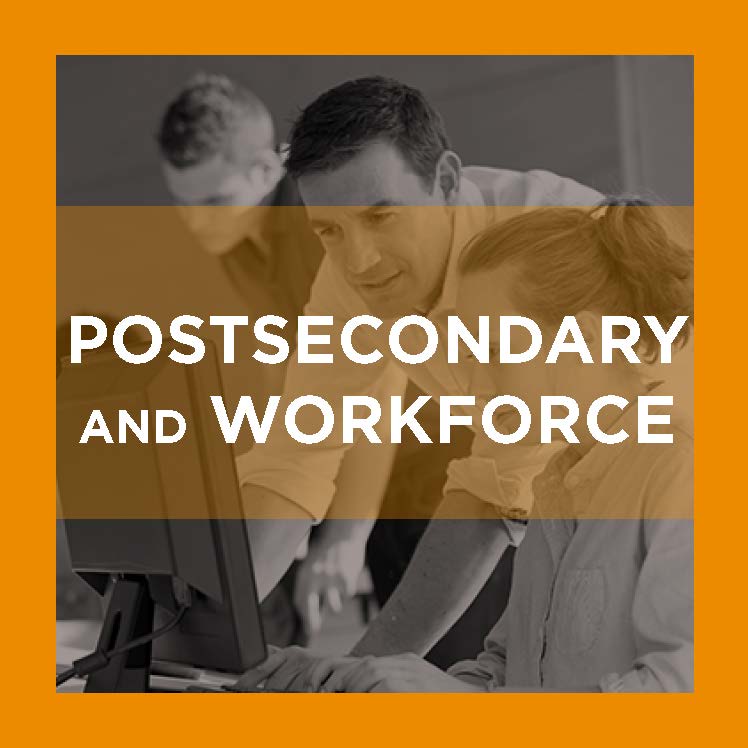Students, postsecondary institutions and policymakers are turning to online education to meet individual educational needs, support presumed reductions in college costs and expand access for post-traditional students. Nationally, one in seven postsecondary students is enrolled exclusively in distance education and many are enrolled in public institutions. Even as overall postsecondary enrollments have recently decreased, enrollment in distance education programs has increased. However, it may be difficult for distance education students to access state financial aid due to specific delivery model requirements or institutional eligibility requirements. This barrier, along with other challenges facing online education, may hinder efforts to increase educational attainment across states.
Education Commission of the States, through its State Financial Aid Redesign project, conducted a 50-state analysis of how states address grant funding for distance education programs and students. The scan of statutes and regulations for 100 of the largest state financial aid programs across the country assessed state financial aid approaches to online education students. The scan focused on how states address educational delivery models and institutional eligibility for participation in state financial aid programs. Highlights include:
- No state statutes related to major financial aid programs addressed educational delivery model, and only two states did so in regulation: Georgia and Pennsylvania.
- Currently, Pennsylvania is the only state to explicitly restrict eligibility for distance education students in policy. Students who enroll in programs of study structured to be more than 50 percent online or who take more than 50 percent of their coursework online in any term are excluded from eligibility for state financial ai
- While states generally do not use educational delivery model to delineate eligibility for state financial aid, most states set out requirements institutions must meet to participate in state aid programs, such as sector, system-based or geographical restrictions.
- A total of 47 programs address institutional eligibility within statute, while 46 do so in regulation. The most common policy approach is to define only public and/or private non-profit institutions as eligible, defining a specific system of institutions that are eligible, or by providing a list of eligible institutions within the statutory or regulatory language.
- A smaller number of state financial aid program statutes and regulations address institutional eligibility by where the postsecondary institution is geographically located. Twenty-six state financial aid programs addressed the physical location in statute, while 28 did so in regulation.
When delivery model requirements are not explicitly spelled out in policy, distance education programs and students are still impacted by other policy components, such as sector-based institutional eligibility requirements, Title IV requirements, system-level institutional membership or in how award amounts are calculated. The following examples illustrate potential implications:
- Policy in Georgia shows that limiting HOPE Scholarship eligibility by sector gives a select set of institutions broad authority in determining the educational delivery models state-aided students will be able to access.
- Through calculating award amounts, Washington preferences State Need Grants that are larger for students enrolled in lower-cost programs. This policy benefits Western Governor’s University, which offers low-cost programs exclusively online.
- Nebraska uses Title IV eligibility as a proxy for state grant eligibility, making requirements for distance education subject to federal policy structures.
State-funded financial aid programs can bring down the total cost of postsecondary education for students, including distance education students; however, current policy structures must be examined for their potential impacts. Distance education can provide educational opportunities to students who may otherwise be unable to participate in traditional postsecondary delivery and it’s important they can access financial aid to help them achieve success.







